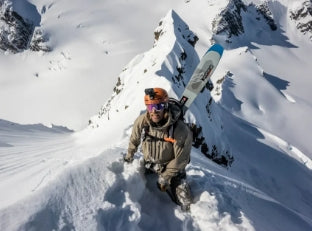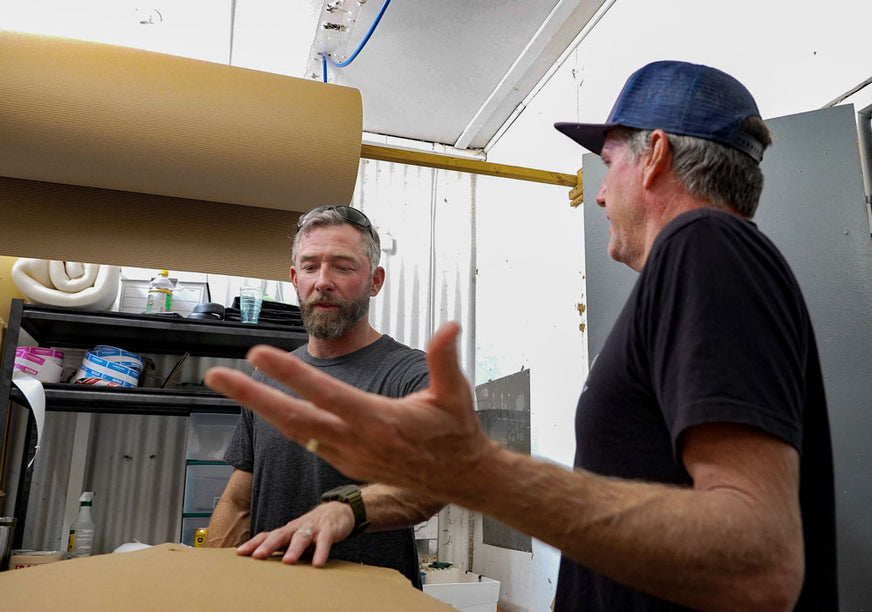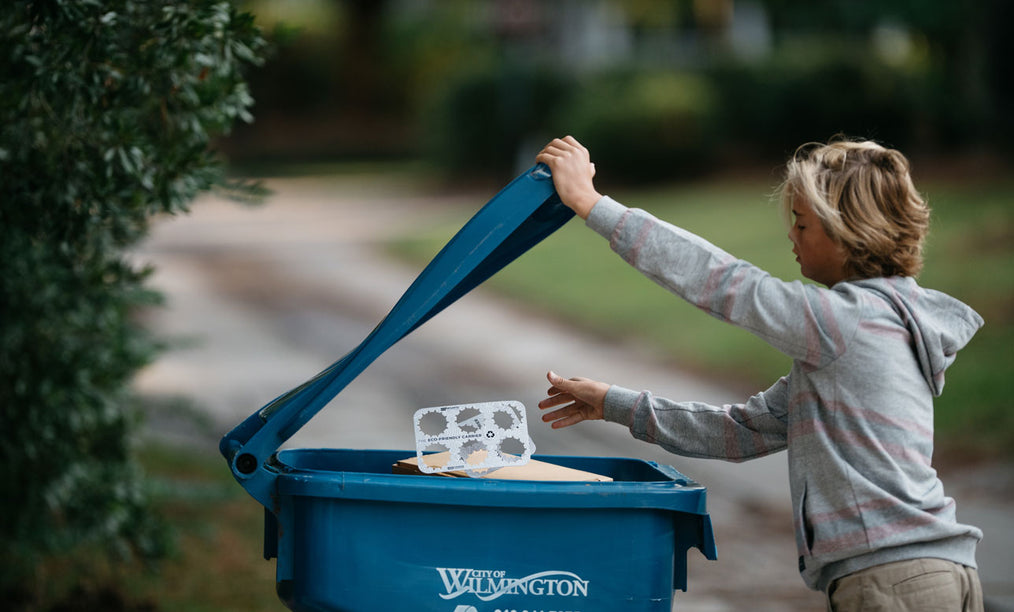The Recycling Reset: Fixing a Failing System
Recycling in the U.S. has long been seen as a simple solution to our waste problem. But in recent years, it has come under scrutiny—and for good reason. While developed economies like the United States have waste management systems that keep the problem largely out of sight, the truth is that our recycling system is struggling to function as intended.
Even if you diligently separate your recyclables, the system itself is failing. According to the Recycling Partnership, only 21% of recyclables collected actually get processed and reused. Worse, 76% of recyclable materials never make it into the bin in the first place, and only 43% of households participate in recycling programs.
Clearly, we have a problem. But that doesn’t mean we should abandon recycling altogether. Instead, we need to reset the system to make it work as it was always meant to.
A Reality Check
For years, the U.S. and other countries exported recyclable waste to China, believing it was being turned into valuable materials. But in reality, much of it lacked market value and was polluting rivers and oceans. By 2018, China had had enough and banned most foreign waste imports.
This forced many U.S. municipalities to rethink their waste management strategies. The result? Landfills are filling up faster than ever, and the rapid rise of direct-to-consumer shipping—accelerated by the pandemic—has only added to the strain.
Recycling, in its current form, is not meeting the needs of a sustainable future. But the good news is, we can fix it.
The Path Forward: The Recycling Reset
Despite its shortcomings, recycling is still an essential tool in the fight against waste and pollution. But for it to work, we need a modernized, systemic overhaul—what many are calling The Recycling Reset.
This is the first post in a series (See: The Recycling Reset) where we’ll break down what needs to change. Our goal is to help you understand the five key elements of an effective recycling system, as identified by the Recycling Partnership.
The Five Key Requirements of a Functioning Recycling System
1. Robust End Markets
Recycling only works if there is consistent demand for recycled materials. If materials don’t have stable market value, they end up in landfills like everything else. Currently, these markets are unpredictable, which makes it difficult to invest in long-term recycling solutions.
Governments and policymakers must play a role in strengthening these markets, creating incentives for businesses to use recycled materials instead of virgin resources.
2. Upgraded Sorting Infrastructure
No matter how much we recycle, it means nothing if facilities can’t sort and process materials efficiently. Today’s recycling plants are outdated and struggle to handle modern packaging materials.
Investing in new sorting technologies and upgrading infrastructure is critical to making recycling work.
3. Clear Public Education & Awareness
One of the biggest problems with today’s system is public confusion about what can and cannot be recycled. Misinformation leads to contamination, which makes recycling less effective.
New legislation is already in the works in several states to simplify recycling guidelines. If we want people to recycle correctly, we need clear, consistent messaging—just like the anti-littering campaigns of the 1970s, which drastically reduced pollution.
4. Better Recycling Access
Right now, only 43% of U.S. households have access to recycling programs. The biggest gaps exist in apartment complexes, multi-family housing, and rural communities.
Expanding access will require policy changes and infrastructure investment. Legislation like SB-54 in California—the Plastic Pollution Reduction and Producer Responsibility Act—is already working to close this gap.
5. Designing With The End in Mind
More than 40% of plastic pollution comes from packaging. One of the best ways to prevent waste is to design packaging with recyclability in mind from the start.
For decades, packaging has been designed primarily for branding and product protection, with little thought about what happens after use. But that’s changing. Companies must be incentivized to create packaging that is easy to recycle and reuse.
The Role of Extended Producer Responsibility (EPR)
To help drive these changes, several states have passed Extended Producer Responsibility (EPR) laws, which shift the responsibility of waste management back onto manufacturers. These laws have already been enacted in California, Colorado, Maine, and Oregon, with more states expected to follow.
As the world’s fifth-largest economy, California’s actions are setting a precedent for other regions. These legislative efforts aim to fix the systemic flaws in all five key areas.
We’ll take a closer look at each of these solutions in the next post.
Where Do We Go From Here?
Recycling isn’t dead—it just needs a fundamental reset.
If your business is looking for guidance on how to prepare for this new future, reach out to us. A New Earth Project is here to help companies transition toward more sustainable packaging solutions.
The future of recycling depends on all of us. Let’s build a system that actually works.








